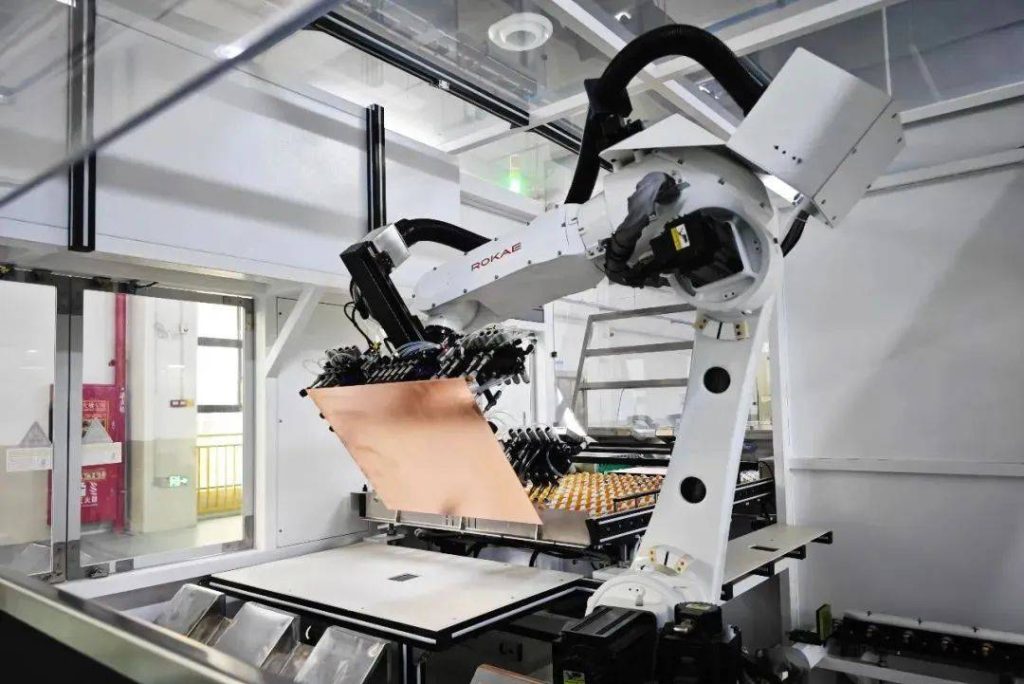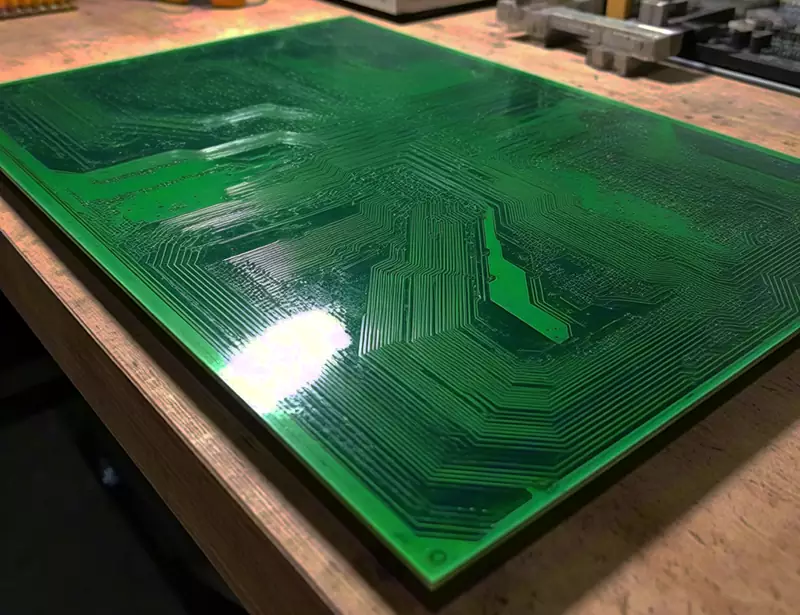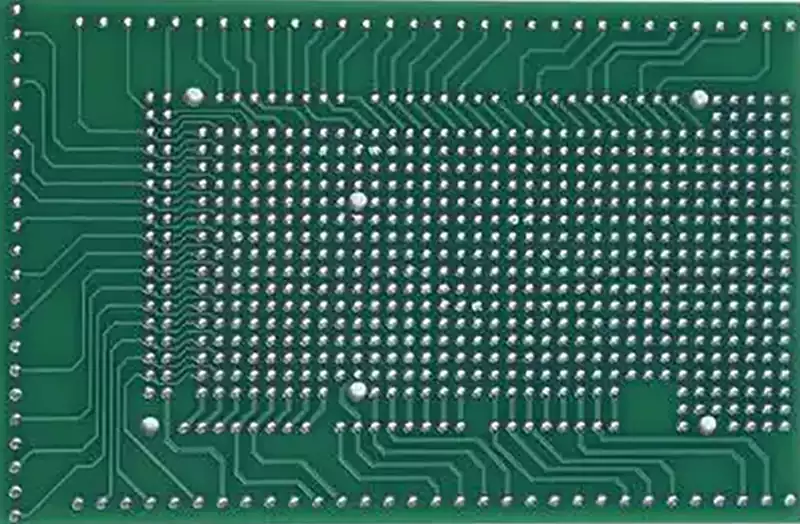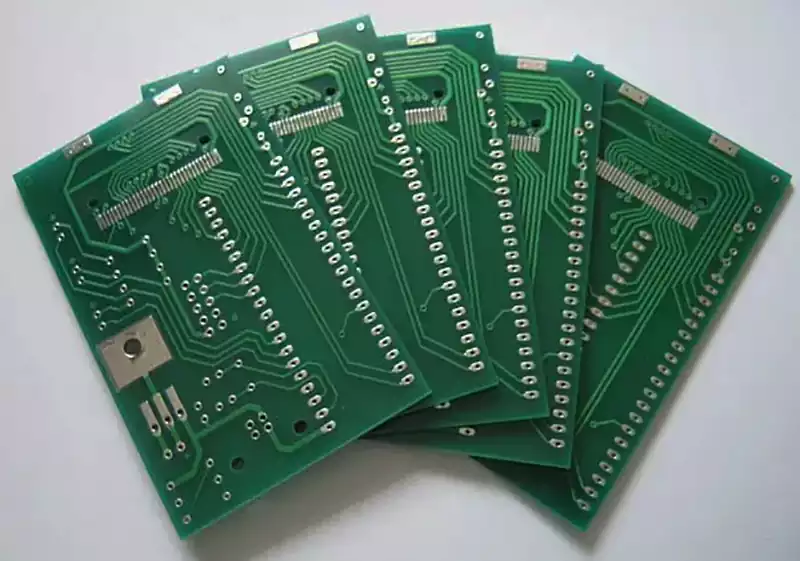Multilayer PCB (Multilayer Printed Circuit Board) is printed circuit boards formed by alternately bonding and laminating three or more layers of conductive patterns with insulating materials. This structure not only provides electrical connectivity between layers but also achieves electrical insulation between them. Common multilayer board configurations include signal layers, internal power planes (maintaining internal power layers), and ground planes. The optimal layout of these layers enhances signal integrity and electromagnetic compatibility within the circuit.
The number of layers in multilayer pcb is typically even—such as 4, 6, or 8 layers—as symmetrical structures help minimize warping during manufacturing processes. Electrical connections between layers are achieved through vias, which include through-holes, blind vias, and buried vias, each serving distinct interlayer connection requirements. Multilayer board design demands consideration of signal integrity, power integrity, and electromagnetic compatibility, necessitating advanced technical expertise from designers.
Advantages of Multilayer Circuit Boards
High Integration and Complex Design Capability
By increasing the number of internal conductive layers, multilayer PCBs enable higher-density circuit layouts within limited space, meeting the design demands of complex electronic systems. Smartphones exemplify this, where highly integrated components and intricate circuits rely on multilayer board technology for functional consolidation.
Superior Electrical Characteristic Optimization
The multilayer structure incorporates ground planes and shielding layers, significantly improving high-speed signal transmission quality. This design effectively suppresses electromagnetic interference (EMI), ensuring signal integrity for both high-frequency digital and analog circuits. Simultaneously, shorter signal paths reduce transmission delays, enhancing system response speed. Typical applications like high-speed computer motherboards rely on multilayer architectures to guarantee stable data transmission and high-speed performance.
Compact and Lightweight Design
Compared to single/double-layer boards, multilayer pcbs accommodate more circuits within the same area, thereby reducing PCB size and weight. This characteristic is particularly crucial for space-constrained devices like wearables and aerospace electronics. Take the Apple Watch Series 8 as an example: its multilayer board design integrates complex functions such as biosensing and wireless communication within a miniaturized body while maintaining lightweight properties.
Enhanced Structural Reliability
Despite manufacturing complexity, multilayer boards’ three-dimensional interconnect structure (achieved through via holes connecting layers) significantly boosts mechanical strength and vibration resistance. This structural integrity ensures stable electrical connections in harsh environments, making them ideal for reliability-critical industrial control and automotive electronics.
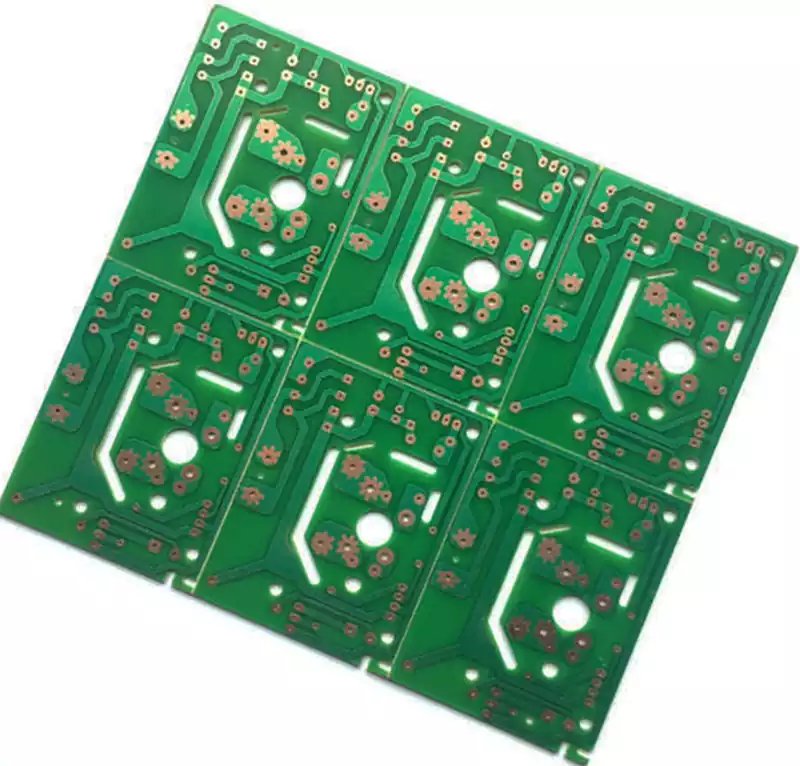
Application Fields of Multilayer PCB:
The communications sector stands as one of the most critical and extensive industries for multilayer circuit board applications.
In contemporary communication devices—such as smartphones and Wi-Fi routers—multilayer PCBs have become critical components supporting technological evolution. Through three-dimensional routing design, this technology achieves high-density component integration within limited space. Simultaneously, its layered structure establishes low-impedance signal pathways, significantly boosting data transmission rates. This precisely aligns with industry trends toward miniaturization and high performance in communication equipment.
Crucially, the shielding layers and grounding systems integrated within multilayer PCBs form effective electromagnetic isolation structures, substantially mitigating external interference impacts on signal integrity. This interference resistance ensures communication link stability in complex electromagnetic environments, providing reliable hardware support for core functions like voice calls and data transmission. This directly enhances user communication quality and satisfaction.
Consumer Electronics:
From smartphones, tablets, and televisions to home appliances, nearly all consumer electronics rely on multilayer PCBs to connect and communicate between functional modules. The high-density routing and compact design of multilayer PCBs enable these devices to become thinner, lighter, and more portable while simultaneously enhancing their performance and functionality.
Automotive Electronics:
As automotive intelligence advances, an increasing number of electronic components are integrated into vehicles. Multilayer PCBs serve as the critical bridge for interconnecting and communicating between these components. Their high-temperature tolerance and vibration resistance ensure stable operation in harsh automotive environments, safeguarding the reliability of automotive electronic systems.
In industrial control applications, multilayer PCB boards are used in various controllers and automation equipment. These devices require precise control and processing of diverse signals. The high precision and reliability of multilayer PCBs meet the demanding requirements of industrial environments, ensuring stable and safe production processes.
In aerospace applications, multilayer PCBs are highly favored for their compact size, lightweight nature, and stable performance. For instance, aircraft electronic systems and navigation equipment utilize multilayer PCB boards to meet the stringent size and weight constraints of aerospace applications while ensuring reliable operation under extreme conditions.
In medical equipment, such as magnetic resonance imaging (MRI) machines and CT scanners, multilayer PCBs form core components. These devices process vast amounts of medical imaging data and complex control signals, making the high performance and stability of multilayer circuit boards critical for diagnostic accuracy and equipment safety.
